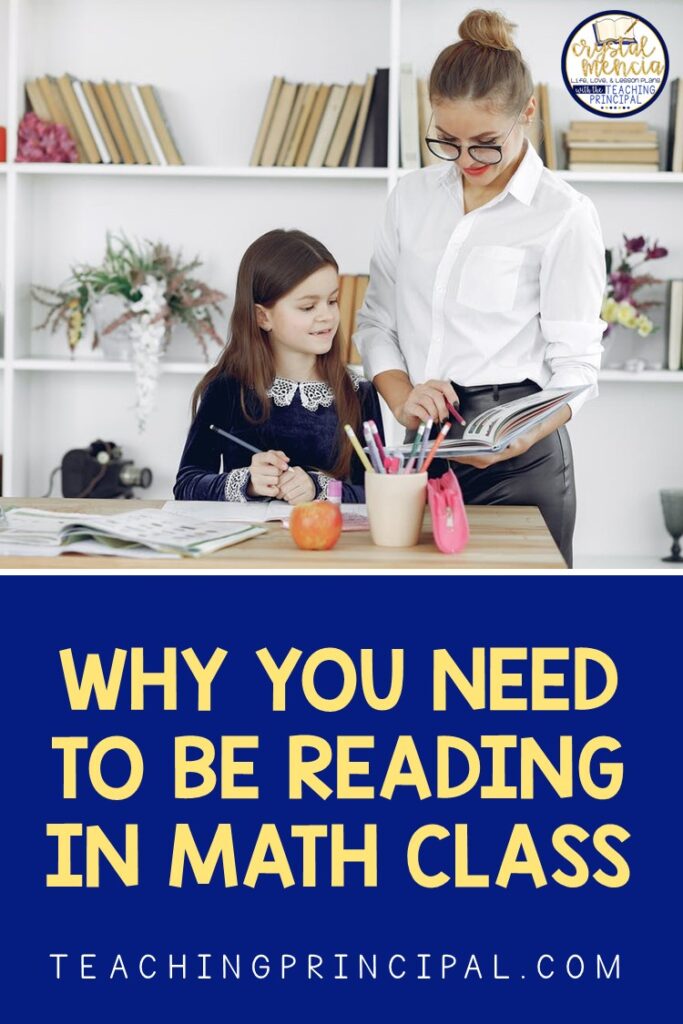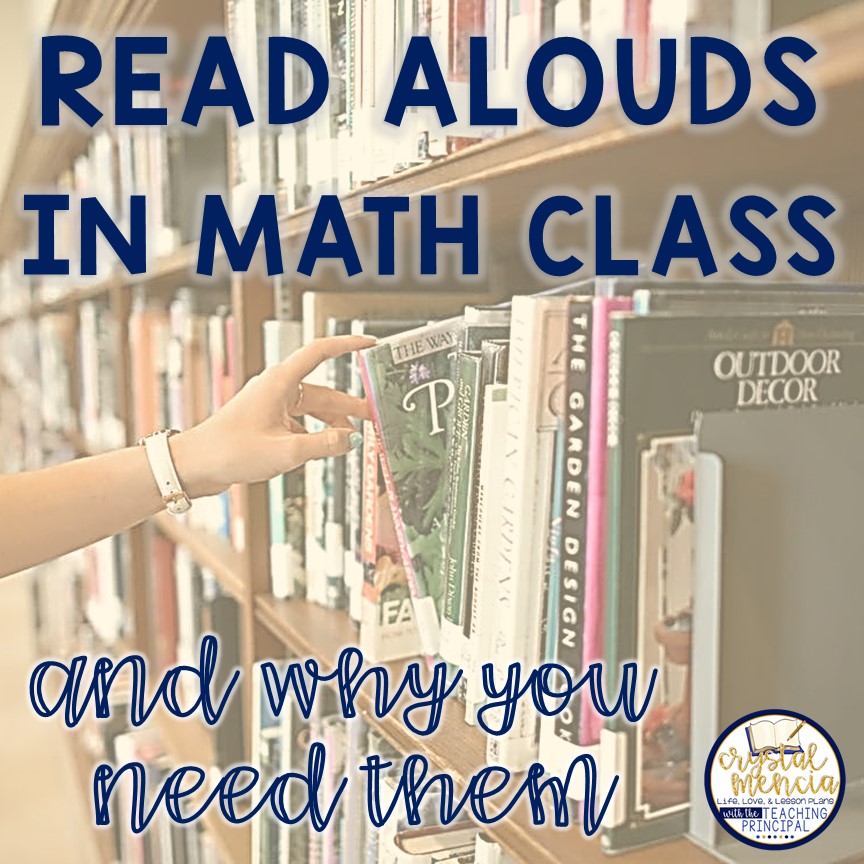Are you reading books in your math classes? If you’re not, you need to change that immediately! Whether teaching in person face to face or virtually online, books are a must. There are so many benefits to math read alouds. Here’s four of them:
Reading provides real-world examples of how math is used.
I’m sure you’ve heard it a dozen times: when am I ever going to use this in real life? We live in a high-tech STEM world. Math is literally everywhere! I always tell parents and students that my job as a teacher is not simply to teach content, but real-world, twenty-first-century skills. Students should leave our classrooms feeling confident in their problem solving and math abilities. Read alouds provide context and the need for math skills beyond the classroom.
Math read alouds give students a common shared experience to relate to.
Reading aloud creates a classroom community. Read alouds are a great way to introduce topics within the context of a story to all learners, regardless of individual reading ability. I can advance a student’s critical thinking skills with higher-order questioning. While reading a story and discussing its details, teachers can gain valuable insight into prior knowledge (and misconceptions!) students may have in their mathematical understanding. From there, we can reinforce key skills and address gaps in their thinking.
Reading in math builds a student’s confidence.
Connecting content areas to literature can help reluctant learners. Teachers can use children’s literature to reach students in a non-threatening way (Furner, 2018). Students who love books but are wary of math can find comfort in a read aloud. Books help teach math concepts and at the same time do not intimidate, threaten, or turn-off students to math like some traditional approaches (hello, drill and kill). What about those mathematicians already excelling in your class? Students who have an affinity for course material can learn to appreciate stories outside of the language arts and literacy setting on a subject that interests them. It’s honestly a win-win for all!
Math read alouds lend themselves to discovery-based student learning.
No matter our age, books ignite the imagination. They capture our hearts and peak our interests. We feel invested in the characters and their dilemmas, sparking creative problem-solving skills in ways that a standard word problem just doesn’t. My students are more willing to take risks and challenge their thinking when math is embedded in a story. The focus is no longer on whether or not I’ve chosen the “right” strategy; it’s about helping a friend!
Book Suggestions
ACTIONABLE STEPS: For suggestions on math read alouds categorized by topic, click here. You’ll find book reviews and ideas on how to use them in your classroom for maximum student engagement.






